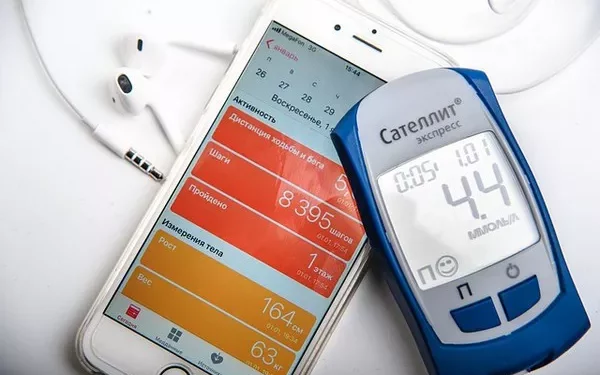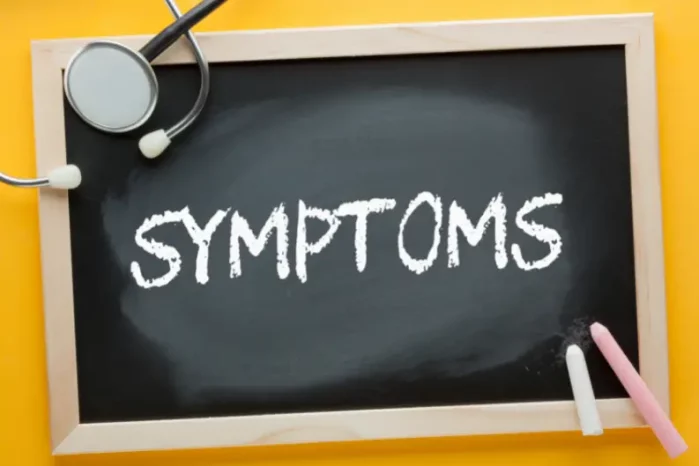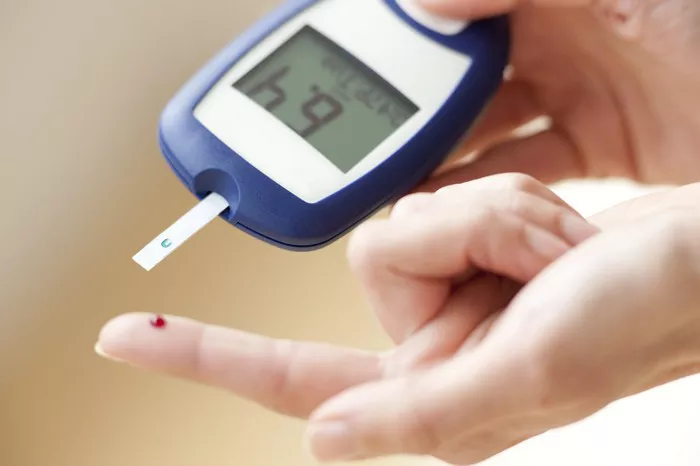Reactive hypoglycemia, also known as postprandial hypoglycemia, is a condition characterized by a drop in blood glucose levels that occurs after eating. This condition can lead to symptoms such as dizziness, fatigue, irritability, and sweating. Identifying and managing dietary triggers is crucial for individuals prone to reactive hypoglycemia to maintain stable blood sugar levels and prevent symptoms. This article explores the types of foods that can cause reactive hypoglycemia, the underlying mechanisms, and strategies for dietary management to mitigate its effects.
Understanding Reactive Hypoglycemia
Reactive hypoglycemia occurs when blood sugar levels drop significantly after a meal, typically within a few hours. This drop is often due to an exaggerated insulin response triggered by the consumption of certain foods. The body’s inability to regulate blood glucose levels properly can result in symptoms that disrupt daily activities and overall well-being.
The condition can be influenced by various factors, including insulin sensitivity, meal composition, and individual metabolic responses. Identifying foods that exacerbate reactive hypoglycemia is essential for effective management.
Foods That Cause Reactive Hypoglycemia
Sugary Foods and Beverages
Impact on Blood Sugar: Foods high in refined sugars, such as candies, sodas, and pastries, cause a rapid increase in blood glucose levels. This spike triggers a significant insulin release, which can lead to a subsequent drop in blood glucose levels.
Mechanism: The rapid absorption of sugars leads to a quick rise in blood glucose, followed by a corresponding insulin surge. Once the insulin has cleared the glucose from the bloodstream, blood sugar levels can drop too low, causing hypoglycemia.
Examples: Candy bars, sugary sodas, sweetened cereals, and baked goods made with white flour and sugar.
Refined Carbohydrates
Impact on Blood Sugar: Refined carbohydrates, such as white bread, white rice, and certain pasta varieties, are quickly broken down into glucose. This results in rapid increases in blood sugar levels, which can be followed by a drop as insulin levels rise.
Mechanism: Refined carbohydrates have a high glycemic index, leading to a quick spike in blood glucose and a potentially rapid decline in blood sugar once insulin is released.
Examples: White bread, white rice, instant oatmeal, and regular pasta.
High-Glycemic Index Foods
Impact on Blood Sugar: High-glycemic index (GI) foods cause rapid increases in blood glucose levels due to their quick digestion and absorption. This can lead to reactive hypoglycemia in susceptible individuals.
Mechanism: Foods with a high GI increase blood glucose quickly, leading to an overproduction of insulin and a subsequent drop in blood glucose levels.
Examples: Potatoes, sugary breakfast cereals, and certain snack foods.
Low-Fiber Foods
Impact on Blood Sugar: Foods low in fiber, such as those made with refined flour and processed ingredients, can lead to rapid glucose absorption and subsequent hypoglycemia.
Mechanism: Fiber helps slow the absorption of glucose in the digestive tract. Low-fiber foods lead to quicker glucose absorption, causing rapid fluctuations in blood sugar levels.
Examples: White bread, pastries, and some processed snacks.
Alcohol
Impact on Blood Sugar: Alcohol can cause reactive hypoglycemia by interfering with liver glucose production and insulin regulation. Consuming alcohol, especially on an empty stomach, can lead to significant drops in blood glucose levels.
Mechanism: Alcohol impairs the liver’s ability to release glucose into the bloodstream, especially when consumed in excess or without accompanying food.
Examples: Beer, wine, and spirits.
Artificial Sweeteners
Impact on Blood Sugar: While artificial sweeteners themselves do not directly cause hypoglycemia, they may lead to compensatory eating behaviors or disrupt normal glucose metabolism in some individuals.
Mechanism: The use of artificial sweeteners may alter glucose metabolism or affect insulin sensitivity, potentially contributing to reactive hypoglycemia indirectly.
Examples: Aspartame, saccharin, and sucralose.
High-Fat Meals
Impact on Blood Sugar: Meals high in saturated and trans fats can impair insulin sensitivity and glucose metabolism. While fats alone do not directly cause hypoglycemia, they can contribute to overall blood sugar instability.
Mechanism: High-fat meals can delay gastric emptying and disrupt normal glucose absorption, leading to imbalances in blood sugar levels.
Examples: Fried foods, fatty cuts of meat, and high-fat dairy products.
Mechanisms Behind Food-Induced Reactive Hypoglycemia
Rapid Glucose Absorption
Foods high in simple sugars or refined carbohydrates are rapidly absorbed into the bloodstream, causing a quick rise in blood glucose levels. This spike triggers a significant release of insulin from the pancreas. The subsequent insulin surge can lower blood glucose levels too much, leading to hypoglycemia.
Insulin Overproduction
Reactive hypoglycemia often results from an exaggerated insulin response to certain foods. Insulin is responsible for lowering blood glucose levels, but an excessive amount can cause glucose levels to drop below normal.
Altered Glucose Metabolism
High-fat and low-fiber foods can disrupt normal glucose metabolism by affecting digestion and absorption rates. This can lead to unstable blood sugar levels and contribute to hypoglycemic episodes.
Impaired Gluconeogenesis
Alcohol can impair the liver’s ability to produce glucose through gluconeogenesis. This can lead to a drop in blood sugar levels, particularly when alcohol is consumed without food.
Strategies for Managing Reactive Hypoglycemia
Choose Low-Glycemic Index Foods
Focus on Low-GI Foods: Opt for foods that have a lower glycemic index to help maintain stable blood sugar levels. These foods are digested and absorbed more slowly, reducing the risk of rapid blood sugar fluctuations.
Examples: Whole grains, legumes, non-starchy vegetables, and fruits with lower GI values.
Incorporate Fiber-Rich Foods
Increase Fiber Intake: Consuming fiber-rich foods can help slow the absorption of glucose and improve overall blood sugar control. Fiber also aids in digestion and can prevent rapid glucose spikes.
Examples: Vegetables, fruits with edible skins, whole grains, and legumes.
Combine Carbohydrates with Protein and Healthy Fats
Balanced Meals: Combining carbohydrates with protein and healthy fats can help stabilize blood glucose levels and reduce the risk of reactive hypoglycemia. Proteins and fats slow digestion and absorption, moderating the impact of carbohydrates on blood sugar.
Examples: Pairing whole grain toast with avocado or a small amount of nut butter, or having a salad with grilled chicken and olive oil.
Monitor Portion Sizes
Manage Portions: Eating smaller, more frequent meals can help manage blood sugar levels and prevent hypoglycemic episodes. Avoid large meals that can cause significant blood sugar spikes and subsequent drops.
Examples: Eat smaller portions of carbohydrate-rich foods and complement meals with protein and fiber.
Avoid Skipping Meals
Regular Eating Schedule: Skipping meals can lead to drops in blood glucose levels, particularly if the subsequent meal contains high-glycemic foods. Maintaining a regular eating schedule can help keep blood sugar levels stable.
Examples: Plan meals and snacks throughout the day to ensure consistent glucose intake and prevent hypoglycemia.
Be Cautious with Alcohol Consumption
Limit Alcohol Intake: If consuming alcohol, do so with food to minimize its impact on blood glucose levels. Avoid drinking on an empty stomach, and monitor blood sugar levels closely.
Examples: Drink water or non-alcoholic beverages between alcoholic drinks and choose options with lower alcohol content.
See also: Why Does Hypoglycemia Cause Altered Mental Status?
Conclusion
Reactive hypoglycemia is a condition that can be significantly influenced by dietary choices. Foods high in refined sugars, refined carbohydrates, and those with a high glycemic index can trigger rapid changes in blood glucose levels, leading to symptoms of hypoglycemia. Understanding the mechanisms behind food-induced reactive hypoglycemia and adopting strategies to manage dietary triggers are crucial for maintaining stable blood sugar levels and overall well-being. By choosing low-glycemic foods, incorporating fiber and protein, and maintaining a balanced eating schedule, individuals can effectively manage reactive hypoglycemia and reduce its impact on daily life. Regular monitoring and personalized dietary adjustments, in consultation with healthcare professionals, are key to achieving optimal blood glucose control and preventing hypoglycemic episodes.
Related topics:

























